Today, Apple’s financial and commercial position is the envy of all other computer companies, yet that was not always so. Throughout its history, the company has suffered some serious mishaps when it tried to bite off more than it could chew. In order to prepare for what will likely be a busy news week, let’s take a deep breath and look back at 8 of Apple’s strangest products in its history.
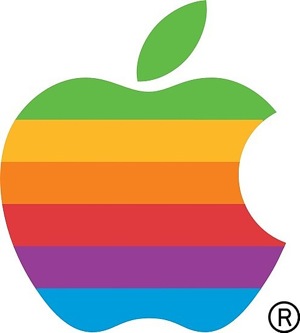
1. Apple III – The Apple II successor that never made it
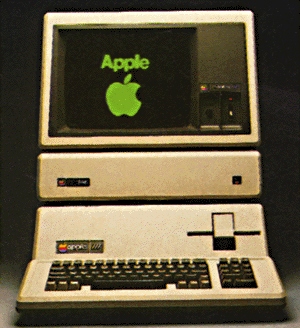
Image Credit: Image credit: University of Maryland, Computer Science Department
Way before Apple took the market by storm with the Macintosh, its products were much more like everyone else’s, with a plain old text-based user interface, which was present in the Apple II. The Apple III was essentially a beefed-up Apple II, with support for more memory (a whopping 512 KB of RAM) and a new operating system known as SOS (which ironically stood for "Sophisticated Operating System"), yet neither the system nor the hardware ever became successful, in part due to its hefty price tag of $7,800. And you thought Macs today were expensive?
The Apple III was discontinued in April 1984, having lived for just under 4 years. Steve Wozniak, co-founder of Apple, later recalled this product on his memoir, iWoz, as a computer designed by Apple’s marketing team, not by engineers.
2. Apple IIGS – An Apple II with a graphical interface
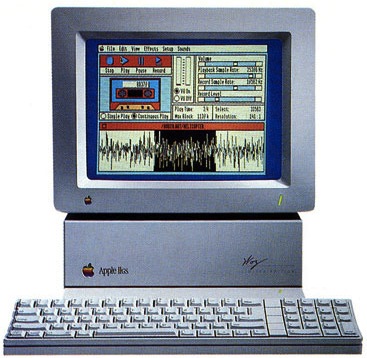
Image Credit: Vectronic’s Apple World
After the failure of the Apple III, Apple continued working on its proven Apple II line. One of the products the company introduced in 1986 was the Apple IIGS, the first ever Apple II with a fully graphical user interface, similar to the one found on the Macintosh which had been released 2 years before.
Despite its significant popularity in the education market, the IIGS was overshadowed by the Macintosh which was considered a fair more modern platform at the time. The $999-computer was finally discontinued in 1992. Yet, this product was remarkable given the fact that it was the first and only Apple II to ever include a graphical user interface.
3. Apple Interactive Television Box

Image Credit: Wikipedia
In the mid-1990s, Apple was struggling to reinvent itself, more often than not without much success, but some of the products introduced around that time were actually pretty innovative ideas. The "Apple Interactive Television Box", which never left prototype stage, can be considered the world’s first set-top-box, which would work with, get ready: a subscription data service!
It wasn’t all roses, however. The product looked fairly clunky and included an unmodified stock version of Mac OS 7, which was already considered outdated a the time. The product was finally abandoned in 1995 before it even reached mass production, yet Apple introduced a very similar product 11 years later: the Apple TV, which happens to run a modified version of iOS.
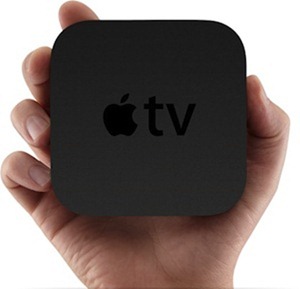
Does the Apple TV have a secret uncle from the 1990s?
4. The Macintosh TV

Image Credit: Wired
Rumors have been swirling for the last few months that Apple might be working on a full-fledged television. In fact, Apple used to sell a TV, also in the mid-90s. The only problem was that said "TV" was actually just a modified Mac that could be converted into a cable-ready television. The product’s demise was ultimately caused by its sub-optimal hardware.
The Macintosh TV was finally shelved in 1994, less than one year after it was first introduced.
5. Apple QuickTake

Image Credit: Photo Rumors
As Apple continued to struggle throughout the 90’s, its product line had been diversified so much that it included a full-fledged digital camera to its arsenal. The QuickTake, which was manufactured by Kodak or Fujifilm (depending on the model), could store up to 8 pictures on in its built-in memory which could then be transferred to a Mac using an Apple serial cable. Later models also included Windows support and the ability to store pictures on memory cards.
The QuickTake was first introduced in 1992 and discontinued in 1997 when Steve Jobs drastically revamped Apple’s product line. Now, several of Apple’s products, such as the iPhone, have a built-in camera, yet no standalone camera product has been introduced since.
6. Apple PowerCD

Image Credit: Another Computer Museum
The Apple PowerCD, as the name implies, was an Apple-branded CD player introduced in 1993, back when human beings actually bought CD’s. This product was rather industry-standard, with a remote. As with any struggling business desperate to make a profit, speakers were sold separately.
The $499-product was removed from Apple’s product line altogether a few years later. Today, Apple maintains a strong music presence with the iTunes Store, which makes it easy to buy music content digitally. Indeed, quite the opposite of the CD player!
7. Apple Bandai Pippin: A game console!
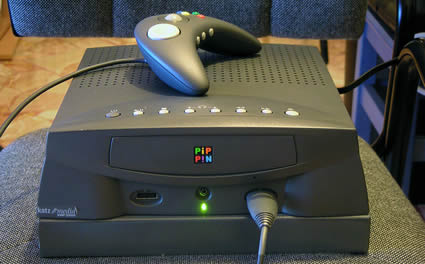
Image Credit: TUAW
During Apple’s seemingly open-ended quest to find its true identity, the company partnered up with the Japanese toy manufacturer Bandai, which still exists today, to bring a game console to the market: the Pippin. This console included a tamed-down version of Mac OS 7 and retailed in the United States for $599 in 1995.
The console has never managed to gain enough traction, with only 80 titles available for it in Japan and just 18 available in the United States. The device was finally discontinued in 1997.
8. The PowerBook Duo
The PowerBook Duo was one of a kind: a laptop that could be easily turned into a desktop whenever needed, just by sliding it into a special dock, as you can see from the original commercial below. This product doesn’t have many ports, instead relying on the dock to provide the necessary interfaces.
The Duo was eventually dropped in early 1997, yet no device to this day has managed to combine both laptop and desktop experiences so well.
There are a few other candidates that could have made it to this list, such as printers, scanners and even an HP-branded iPod, but we believe these are truly the most remarkable discontinued Apple products.
You can follow us on Twitter or join our Facebook fanpage to keep yourself updated on all the latest from Microsoft, Google and Apple.

